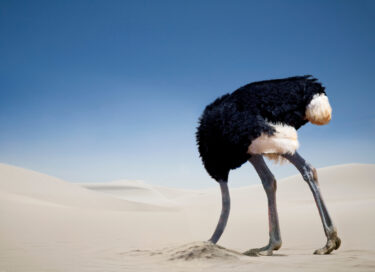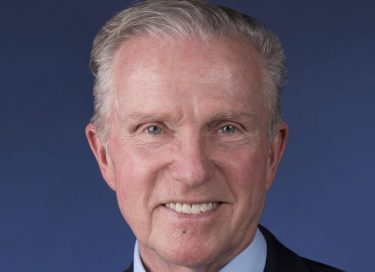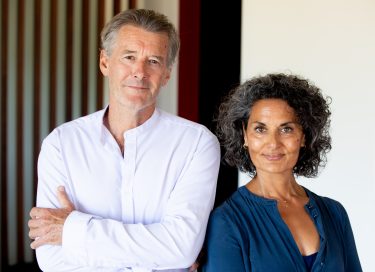The Practice of Medicine
The practice of medicine is an art as well as a science. For a long time now we have largely focussed on the science, and ignored the art, at the great expense of people, including ourselves.
Medicine used to care for the whole person, but our focus has been progressively reduced, and we have become more and more focussed on the parts, sometimes at the expense of the whole.
Evidence-based medicine has come to be regarded and taught as the ‘gold standard’ of practice and we have been asked to apply it to all people and all cases.
Evidence-based medicine has an important role to play in our practice, but it is based on population studies, and while it may give us a big picture on which to base our decisions, it does not apply in every single case. Indeed, applying it indiscriminately can cause great harm, for people are unique individuals, who do not always fit into evidence-based sized boxes.
This is the art of medicine – knowing when to apply the evidence; knowing when, having applied it, it is clearly not working for this particular person and a different approach is called for; and knowing that the evidence is often limited to the physical, when we are more than merely physical.
Indeed, there are cracks appearing in evidence-based medicine. It is increasingly being shown that some, if not much of the evidence is flawed, that studies are often not repeatable; even that studies have been corrupted because of the vested interests of those paying for the research.
Evidence-based medicine is important, but it is not everything in its current form, because it largely ignores the evidence of the body and the being inside the body. The art of medicine is time honoured … listening to our patients, observing them, examining them as a whole in the context of work, family, community, society, all of which can influence health and wellbeing.






















